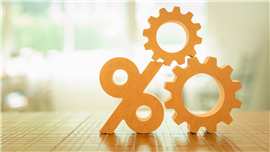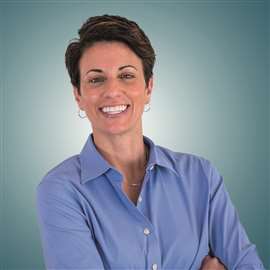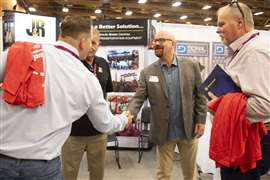Rate reductions and equipment financing trends: what borrowers should know
25 November 2024
For the first time since 2020, the Federal Reserve cut interest rates, and they reduced the rate by fifty basis points .50 Bps, which was a larger cut than the expected.25 Bps. The prime rate is now 8 percent. So, what does this mean to the business owner, and will the Fed continue its rate reduction?
 By early November 2024, Harry Fry & Associates, has seen approximately a 60/40 split between customers purchasing used versus new equipment.
By early November 2024, Harry Fry & Associates, has seen approximately a 60/40 split between customers purchasing used versus new equipment.
Economists at JP Morgan Chase had been calling for a .50 Bps rate cut since July, and were happy to see this reduction go through in September. There is speculation the Fed may reduce interest rates by another .25/.50 Bps at the early November meeting. This reduction will most likely be contingent on further softening of both the October and November jobs report, CPI and other inflation measurements (Morgan, n.d.). The rate reduction is great for borrowers as they should start to see the effects of this trickle down to their lending institutions.
Capital requirements relaxed
In addition to a rate reduction, there was recently an overlooked victory for banks that should greatly benefit the business owner/consumer in conjunction with reduced rates. Regulators have been pushing for banks to carry additional capital as a safeguard for the economy due to potential portfolio risk. What does this mean?
It means that “for every dollar of capital a bank has to tie up on its balance sheet, that’s a dollar it can’t deploy as loans into the economy,” (Litman, 2024). Recently, bank regulators agreed to relax capital requirements. Along with the rate reduction, this is a huge win for borrowers as banks may utilize the additional capital to lend. Also, lending institutions typically have a strong push to grow their portfolios in the Q4 to enhance year-end results. As a result, lenders may become more aggressive for new business which may result in lower lending rates for the market/consumer.
Year to date 2024, Harry Fry & Associates, has seen approximately a 60/40 split between customers purchasing used versus new equipment. There are a couple of reasons for this. First, just as prices from eggs to cars and housing have increased, so have the prices on new equipment. Most manufacturers have had yearly price increases since 2020. With both interest rates and equipment prices higher, many customers are hesitant to jump into the purchase of brand-new equipment. Therefore, they are opting to consider used equipment instead of new. From a customer’s perspective they may consider the old adage, “shiny old/shiny new you get the same rate”, typically. (Of course there are other factors they consider.) However, lower demand/supply of new equipment creates less availability of used equipment. Yes, a vicious cycle.
Second, regarding new equipment, most are aware manufacturers are still behind on their normal production numbers/goals with allocations being limited to dealers/distributors for some models in 2025. Even though some materials in the supply chain are easing, the continued issue is lack of skilled labor. The lack of skilled labor is a post-Covid problem that may be difficult in the short term and may take years to resolve. During Covid, we all saw many quality, skilled workers permanently exit the labor force, and not enough new workers have replaced them.
A delicate balance
During the recent SC&RA Workshop in Arizona, we realized the desire and demand remains positive/optimistic, even though many owners are keeping an “eye on the sky” (aka: the economy) they want to make sure they have the appropriate equipment without “strapping” themselves financially.
The bottom line is that prime is at 8 percent, and while rate reductions may be in our future, we may not see the significantly low interest rates we have been accustomed to. These low interest rates were typically in response to an economic or global crisis. To put this in perspective, if you had a $500,000 loan at 8 percent for 60 months, the payment is approximately $10,140. If rates were reduced, that same scenario with a 7 percent rate yields a payment of about $9,900 – a difference of $240 per month. This a real cost of money for sure, but if you need the equipment to cover jobs, can you make the payment work?
If you look at it another way with the cost of fuel, cost of insurance and cost of labor all totaled can you make a desirable amount of revenues to justify the expenses? Can you justify the loss of revenues if you don’t have the crane? Only you can answer these questions. But consider these points, interest is one cost and possibly fuel, as the only cost that may retreat over time.

THE AUTHOR
Tonya DiGregorio, (CLFP) vice president for Harry Fry & Associates, has been in the crane and financing industry since 2004. Past chairman of the SC&RA Allied Industries Group, she is a Certified Leasing and Finance Professional. She earned a Bachelor’s Degree in Economics from Stonehill College in 2001.




